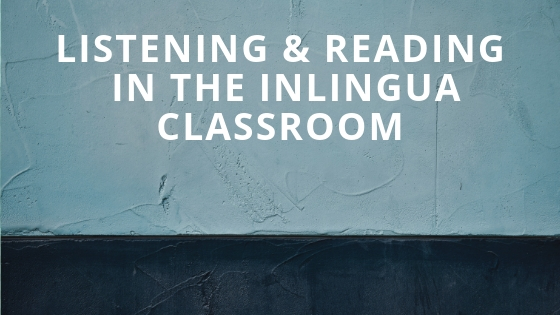The inlingua International Ltd. Pedagogics blog has compiled a range of posts that aim to provide the reader with more information on the pedagogical history of the inlingua method and how this has evolved to cater for a host of new services and training options, including online learning, virtual classrooms, e-books and more.
In this blog category, you will be able to find out in detail more about the different language learning options offered by inlingua, and how these can be combined to optimize your language learning goals.
Our methodology has been continuously evolving to adapt to the digital advances of our modern day lifestyles, and while the core of our method remains the same: communication and speaking first, we recognize that this is not always possible for everyone. We have worked tirelessly to provide the same high quality with more flexible solutions for our customers, without losing the communicative and speaking aspect, which we believe is one of the fundamental keys to learning a language.
Happy Reading!





